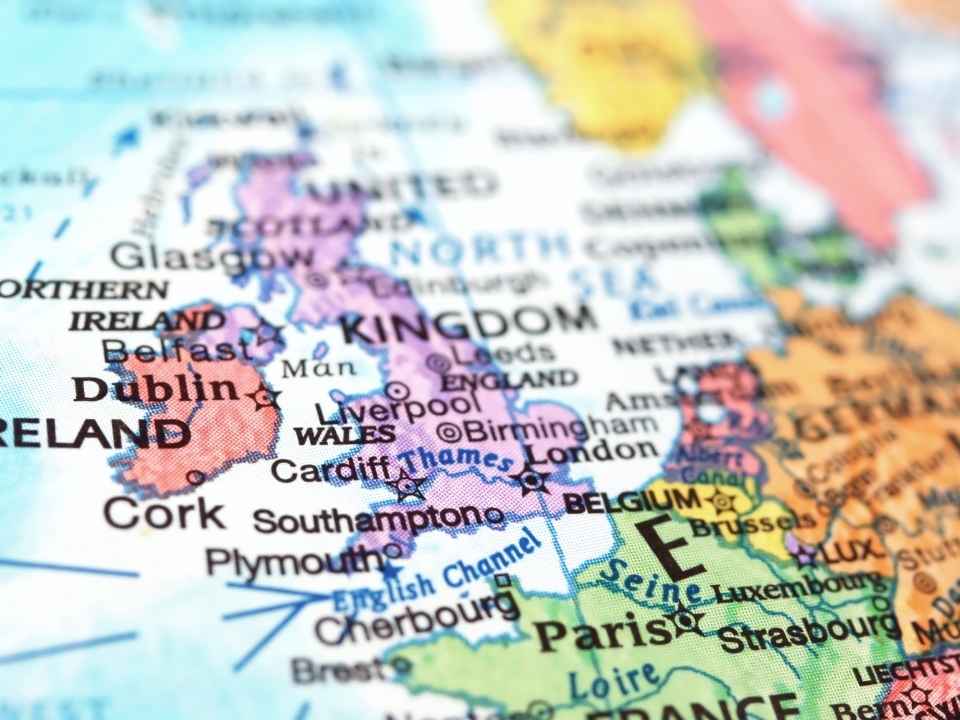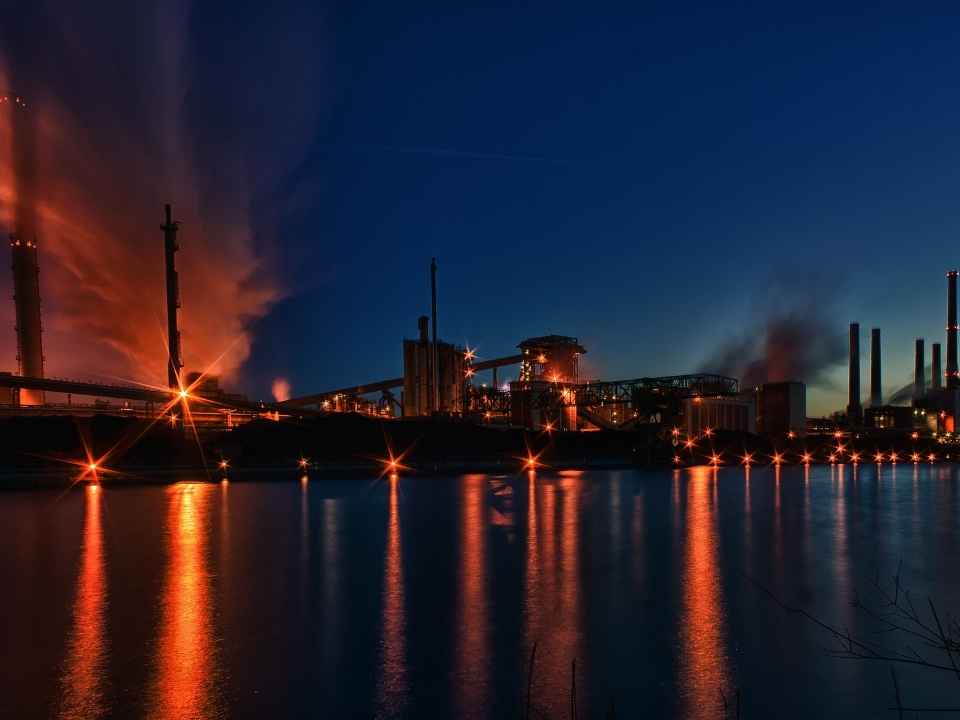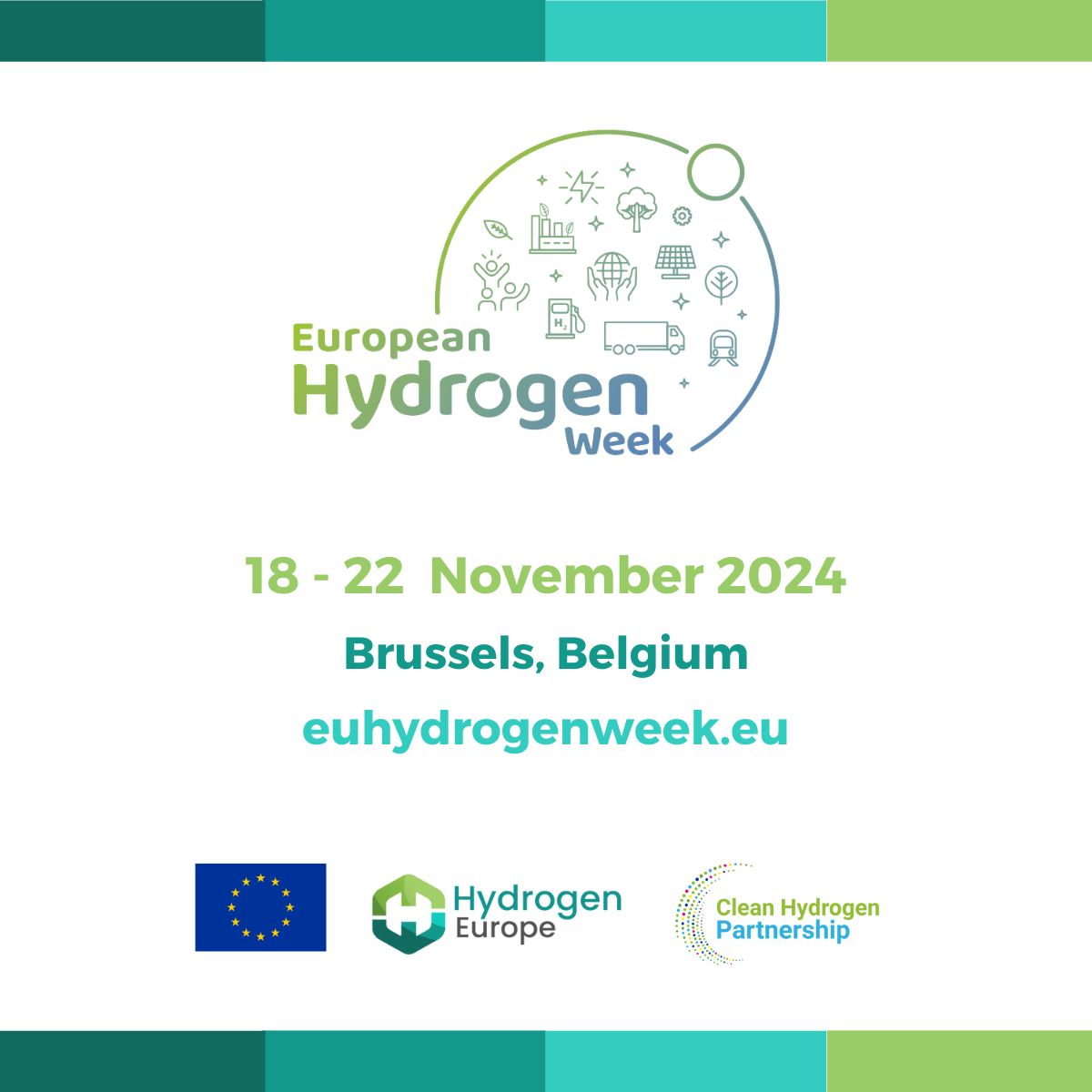
Plans for UK’s largest green H2 hub approved
3 October 2022
Salzgitter’s low CO2 steel seals state aid
5 October 2022On Monday (03/10) evening, the committee for transport and tourism in the European Parliament voted on a number of issues related to hydrogen in mobility and transport.
As part of the Alternative Fuels Infrastructure Regulation (AFIR), the committee agreed on targets of one hydrogen refueling station (HRS) every 100km along the Ten-T core and comprehensive networks, each station with a daily capacity of 2 tonnes and with at least one 700bar dispenser. The minimum number of stations are to be installed by the end of 2027.
The European Commission had been proposing to have HRS every 150km by 2031, but MEPs have voted for a more robust and ambitious set of policies and targets.
It was also agreed that liquid HRS would be installed every 400km, and that there would be at least one HRS per urban node – a functional area that encompasses one or more core cities, as well as the peri-urban and regional areas surrounding those cities. In addition, access points for alternative fuels data would be set up by 2027 to provide information on the availability, waiting times and cost differences at different HRS.
Hydrogen Europe happily welcomes the positive steps taken by the committee and urges MEPs to carry this strong momentum into the plenary vote at the end of the month.
Hydrogen Europe estimates that the proposal of the EP would lead to the deployment of approximately 1,500 HRS by 2030, far more than the original proposal set forth by the European Commission (see figure). This proposal contrasts significantly with the agreement adopted by Member States in June at the council, which saw commitment to develop HRS only in the core TEN-T network, and spread every 150km, leading to just 200 HRS.
There have also been some notable developments in on the Fuel EU Maritime regulations following the late-night committee vote last night. MEPs have set a target of 2% RFNBO usage in maritime transport by 2030, along with an overall increase on the ambition to reduce the sector’s greenhouse gas emissions (GHG). The Parliament transport committee proposes a 20% reduction in GHG emissions by 2035 and an 80% reduction by 2050 – an increase from the Commission’s targets of 13% by 2035 and 75% by 2050. The GHG emissions reduction efforts remain unchanged for 2025 and 2030.
These are certainly positive developments, but we do not believe they go far enough. The RFNBO targets are insufficient to send the right signal to the e-fuels sector and investors. And a demand-side use quota is not aligned with other key pieces of legislation, the Renewable Energy Directive (RED2). The European Parliament recently supported the introduction of obligations for fuel suppliers, who should see at least 1.2% of all their fuel be delivered to the maritime sector in the form of RFNBO. The 1.2% quota would provide more than enough to replace up to 6% of all maritime fuels.
In this case, Hydrogen Europe urges MEPs to be more ambitious as regards hydrogen’s role in the decarbonization of the maritime sector.



